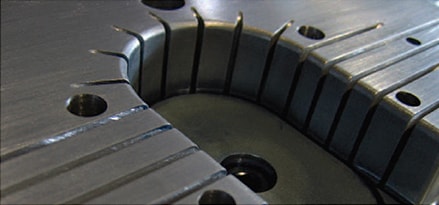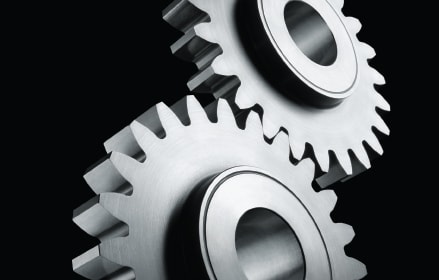Rick Russo, Product Technical Advisor, ExxonMobil Research and Engineering
Measuring equipment performance and productivity is essential for any industrial business that wants to maintain a competitive edge. Though there are a variety of methods to gauge results, one prevailing industry measure of productivity is Overall Equipment Effectiveness (OEE). You may have seen an ExxonMobil Technical Help Desk’s Tip discussing this measurement.
Here I will discuss OEE, its value, and how plant operators can improve OEE by taking a closer look at their comprehensive lubrication programs.
OEE is measured as a ratio of output at your plant compared to optimal output. There are three key factors that contribute to the OEE measurement:
Overall Equipment Effectiveness = Availability x Performance x Quality
1. Availability represents how frequently a machine is available for its intended use. Availability can be affected by equipment failure, unplanned maintenance downtime, material shortages and machine changeover times.
Availability = Operating Time / Planned Production Time
2. Performance is a measure of speed loss. Performance loss can be measured by comparing the number of units that a particular machine is rated to produce per hour with the actual unit production per hour.
Performance = Ideal Cycle Time / (Operating Time/Total Pieces Produced)
3. Quality represents the amount of scrap material produced by a particular machine. Rejected materials, products that fall short of quality standards, and any items that require rework can all contribute to quality loss.
Quality = Good Pieces / Total Pieces
By regularly calculating OEE, you can generate a trend – both for a particular piece of equipment and for the plant as a whole.
Of course, target percentages for overall equipment effectiveness will vary from one application to the next, as there are a number of variables that contribute to overall effectiveness.
By developing a trend, OEE can provide valuable insight into your operations, helping you to identify when a particular piece of equipment is wearing or highlighting areas where changes to personnel have a negative effect on overall efficiency.
When considering the underlying causes of OEE loss, you should analyze the “Six Big Losses” of efficiency in manufacturing. These include:
- Planned downtime
- Breakdowns
- Minor stops
- Speed loss
- Production rejects
- Rejects on startup
These subsets of availability, performance and quality are the most common causes of diminished OEE in manufacturing.
By categorizing incidents of efficiency loss into these six categories, operators can determine whether equipment availability is being affected as a result of equipment breakdowns or frequent maintenance intervals. Similarly, operators can determine whether performance is impacted by substandard products or whether operator inefficiencies are causing speed loss.
Once you identify the source of productivity loss, it is critical that you take steps to address those efficiency losses.
Unfortunately, there is no one-size-fits-all solution to address productivity loss.
This means that you must consider the impact that downtime for repairs will have on supply, as well as lead time required when ordering new equipment and planning maintenance strategies to help improve productivity.
While you can achieve strong efficiency improvements by calculating OEE for your plant operations as a whole, you can realize significant efficiency gains by calculating OEE for particular pieces of equipment throughout your plant. By doing so, you will be able to identify the least efficient application in your processes – the application that offers the greatest potential to recover efficiency. This approach will provide insight into the application that will require the most attention when you reevaluate your maintenance plan.



